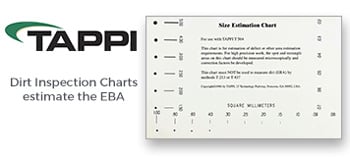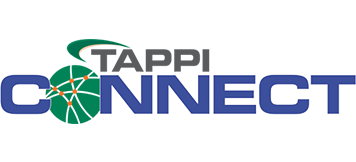Characterization of Tissue Uniformity to Help Enhance Tissue Machine Runnability and Converting Efficiency, TAPPICon22
For many tissue mills, converting is often a bottleneck in tissue production due to relatively low converting (40-70%). It represents a major potential improvement area for achieving a high overall tissue manufacturing efficiency. Tissue converting efficiency is affected by several factors including tissue web non-uniformity which leads to rejects and web breaks. Tissue properties can vary in both machine direction (MD) and cross-machine direction (CD). Over the years, FPInnovations has developed several measurement tools to characterize tissue non-uniformity and relate it to tissue converting performance and efficiency.
One of the key measurement tools developed is the Roll Testing Facility (RTF) that is used to quantify CD non-uniformity of paper rolls, and it has been successfully used to diagnose and solve many web performance issues for printing and writing papers such as web breaks, bagginess, wrinkles, etc. More recently, we have expanded the tool to quantify cross-directional non-uniformity of tissue rolls. Other measurement tools such as the m-factor were also developed to quantify tissue strength uniformity in both MD and CD and has been applied to understand unknown breaks on tissue converting lines.
TAPPI
conference proceedings and presentations, technical papers, and publication articles provide technical and management data and solutions on topics covering the Pulp, Paper, Tissue, Corrugated Packaging, Flexible Packaging, Nanotechnology and Converting Industries.
Simply select the quantity, add to your cart and your conference paper, presentation or article will be available for immediate download.





